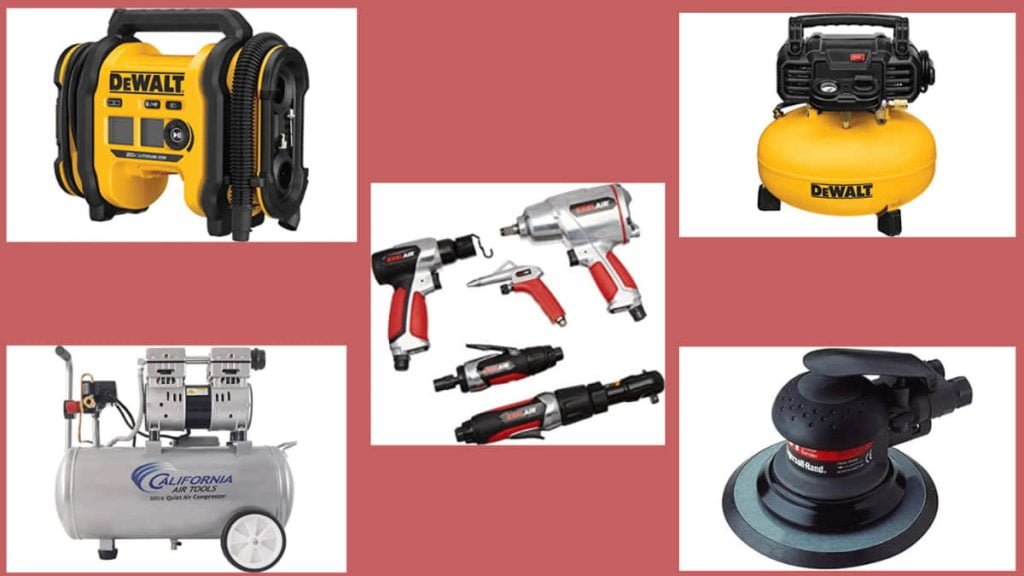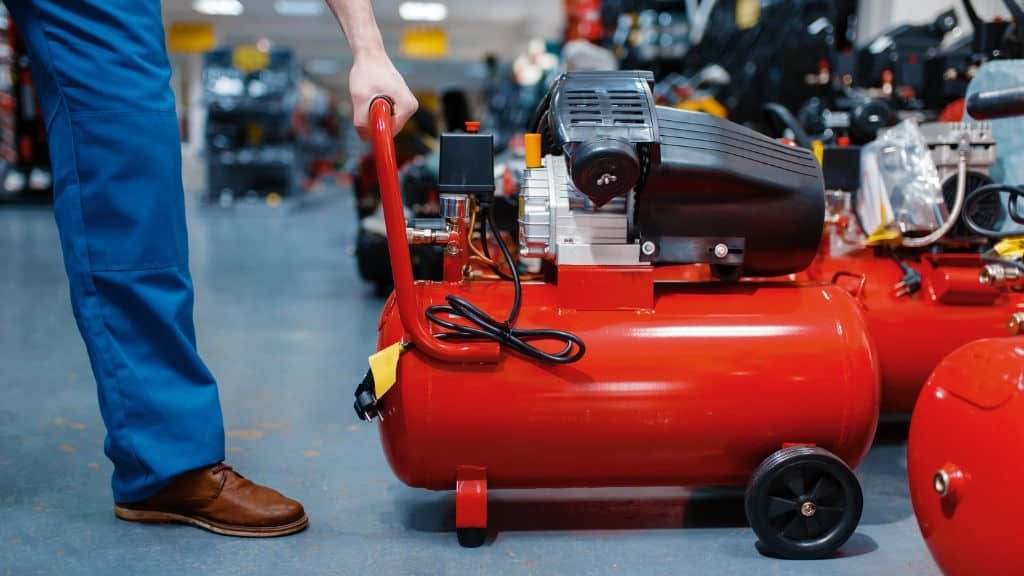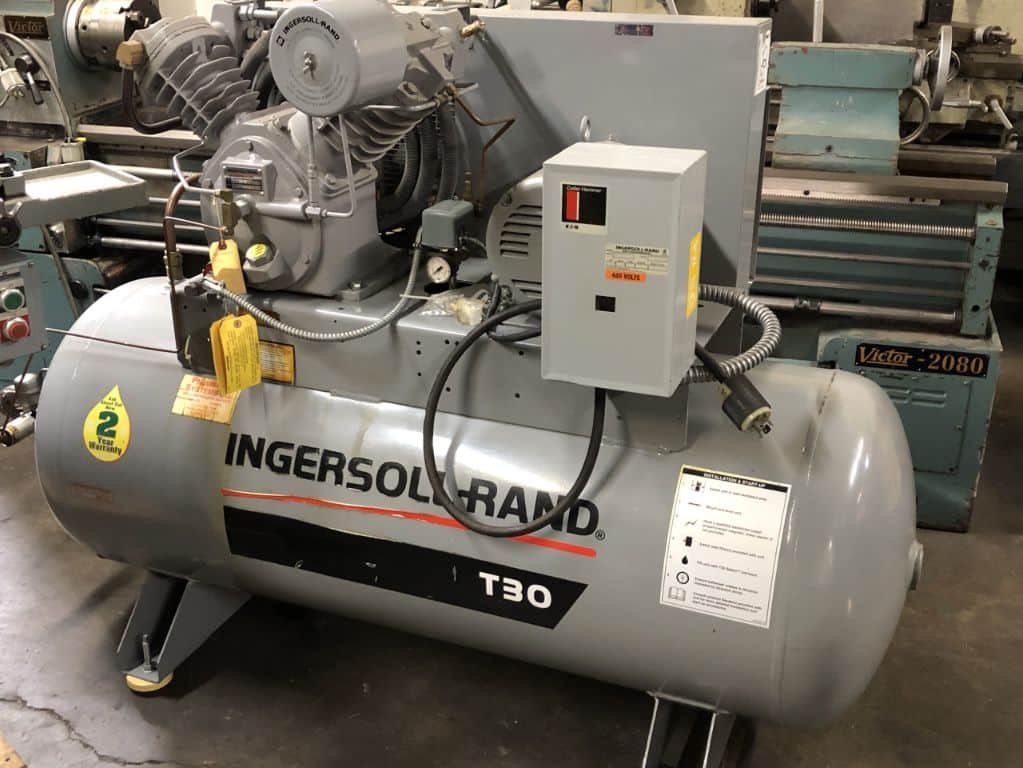Choosing the right air compressor can be a daunting task, with a range of factors to consider such as PSI, horsepower, tank size, and the type of tools you’ll be using. However, one of the most critical factors to consider is CFM, or cubic feet per minute, which is a measure of the volume of air that an air compressor can deliver. In this article, we’ll explain CFM and its significance when choosing the right air compressor for your needs.
What is CFM?
CFM stands for cubic feet per minute, which is a measure of the volume of air that an air compressor can deliver. The CFM rating indicates how much air the compressor can deliver at a specific pressure level, usually measured in pounds per square inch (PSI).
Why is CFM Important?
CFM is a critical factor to consider when choosing the right air compressor as it determines the air tool’s performance. CFM requirements vary depending on the tool being used. Tools such as sandblasters, spray guns, and pneumatic hammers require high CFM ratings as they consume a lot of air.
If your air compressor can’t deliver enough CFM for your tool, the tool will not perform efficiently. For example, a sandblaster requires a CFM rating of at least 15 or higher, while an impact wrench requires a CFM rating of 5 or higher. If your air compressor can’t deliver the necessary CFM, the tool will not output the required power, leading to reduced performance and potential damage to the tool.
How to Choose the Right Air Compressor Based on CFM
To choose the right air compressor based on CFM, you need to consider two factors- the tools you’ll be using and their CFM requirements, and how many tools you’ll be using simultaneously.
Start by making a list of all the tools that require air and their CFM requirements. Once you have a list of tools and their CFM ratings, calculate the total CFM required by adding up the CFM requirements of all the tools you’ll be using simultaneously.
If you plan on using multiple tools simultaneously, add approximately 30% to the total CFM calculation. A buffer zone is essential as some tools may require a higher CFM output during start-up than during operation.
Portable, Stationary, or Industrial Air Compressors
The type of air compressor you choose will influence the CFM rating. Portable air compressors have a lower CFM rating and are ideal for DIY or automotive purposes. Stationary compressors are more powerful, have a larger tank size, and are better suited for commercial or industrial use. Industrial air compressors have the highest CFM ratings, are designed for heavy-duty purposes, and can handle multiple tools simultaneously.
Conclusion
When choosing the right air compressor, understanding CFM is critical to ensure the best performance of your air tools. By calculating the total CFM required for your tools and considering the type of air compressor you need, you can choose the right air compressor that meets your needs and delivers optimal performance.




